Almost every visitor to the Andalusian city of Málaga is drawn to the Alcazaba, a Moorish fortress and palace complex located above the old town.
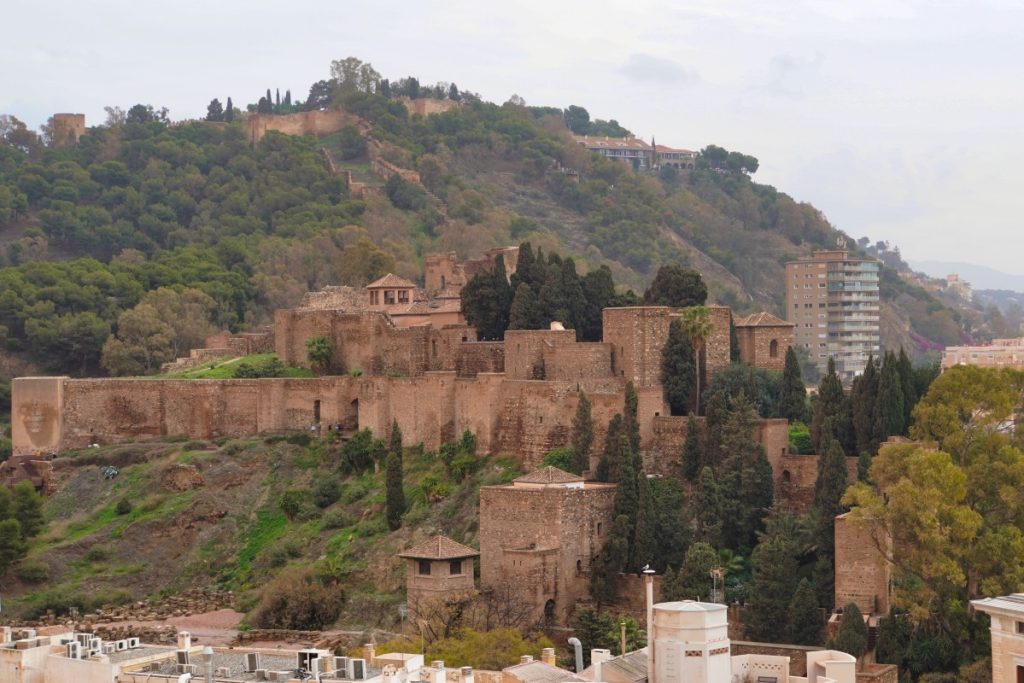
After we had first looked at the Roman Theater below the fortress complex, we went through the entrance to the Alcazaba. We had already bought the ticket the day before, when we had visited the ruins of Gibralfaro and so we could pass the queue in front of the ticket machines. We were there in March, so the waiting times were quite short, but I can imagine that during peak season it can take a while.
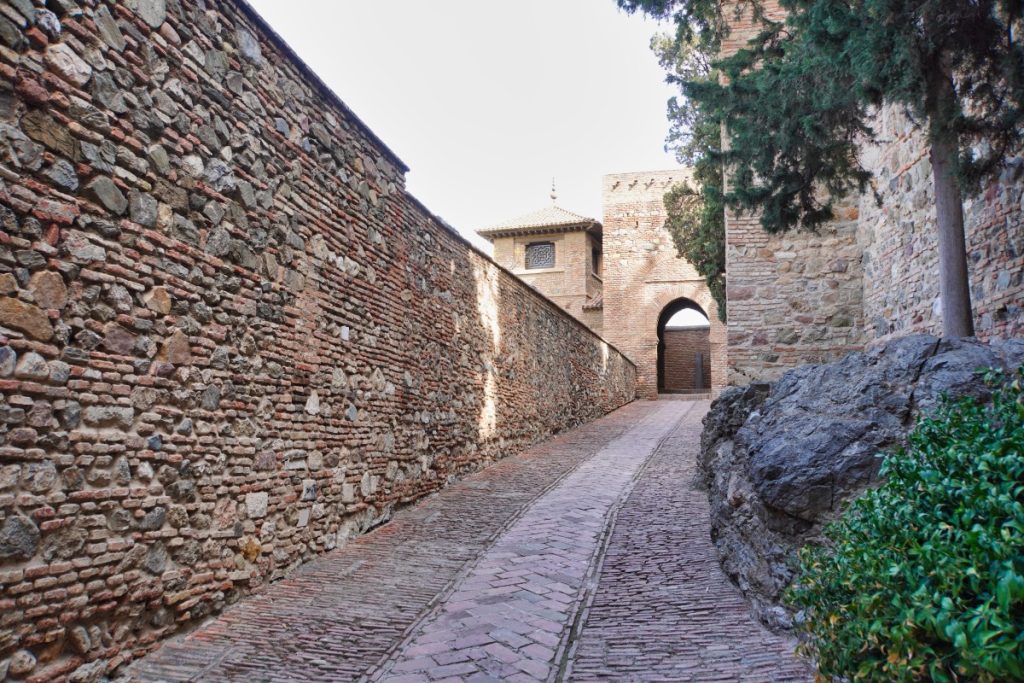
History of the Alcazaba
The Alcazaba was built by the Moorish Sultan Bādīs in the middle of the 11th century on the remains of a Phoenician palace complex. Today it is known that “recycled” material has already been used in the construction of the complex. Remains from the Roman theater have been found. The Alcazaba served as a residence for the Sultan and his successors and is similar in layout to the Alhambra in Granada. That is why today it is often referred to as the “little” Alhambra. (We visited the Alcazaba before the Alhambra. In retrospect, it might have seemed less imposing had we been in Granada first).
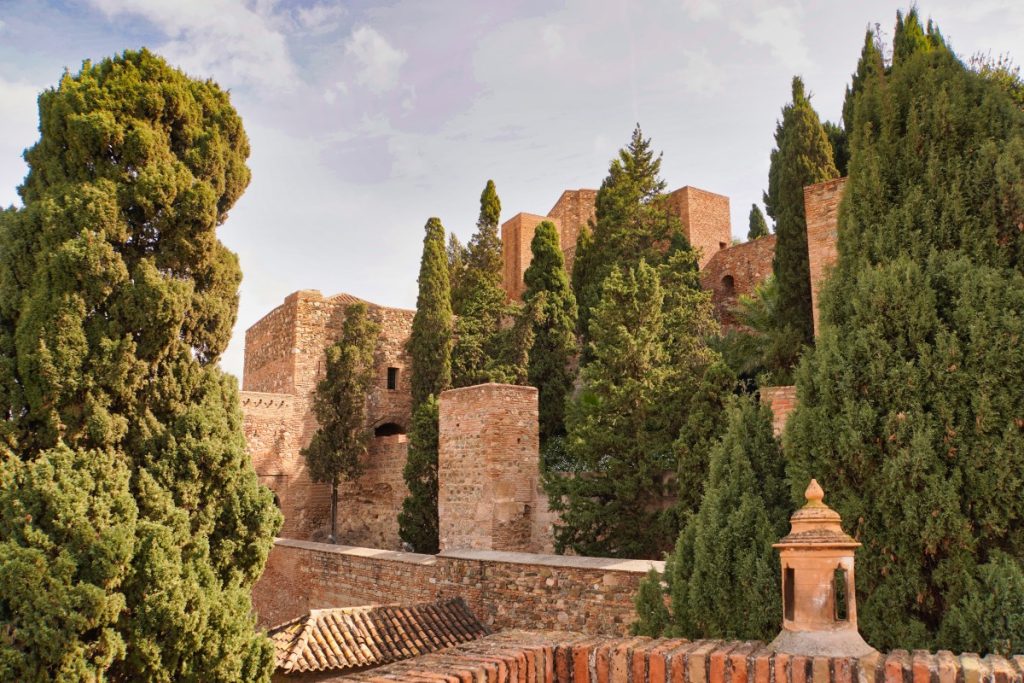
Later, the emir residing in Granada took over the rule and with it the castle. In the 14th century under the Nasid king Yusuf I, a structural change occurred that has been preserved to this day. The Alcazaba was connected to the Castillo de Gibrafaro through a so-called coracha, which is a guarded passage between two walls. Some changes were also made to the interior during this time, for example, he had a small mosque built.
In 1487, the Catholic Monarchs Isabella I of Castile and Ferdinand II of Aragon succeeded in taking the castle after a siege that lasted several months. This ended the Reconquista in Spain and the Iberian Peninsula was now under the influence of the Christians.
Discovering the Alcazaba of Málaga
The castle complex, with its reconstructed walls and preserved ancient bastions, stands above the Roman theater in Malaga. After stepping through the entrance, the path first leads between two walls.
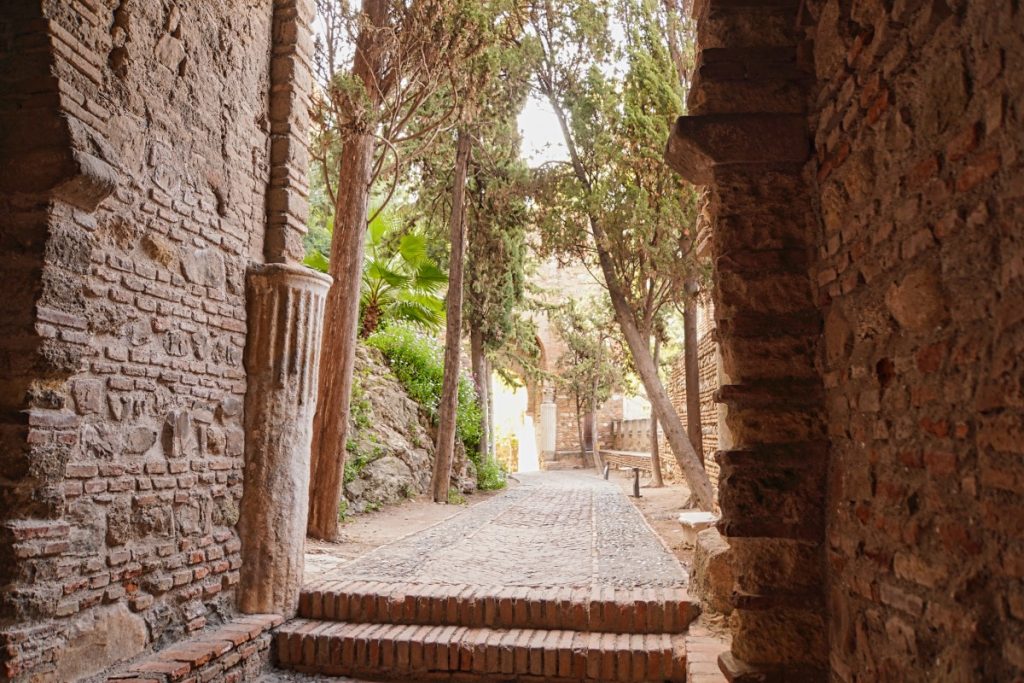
The ground is paved with uneven stones and already here you can guess that the visit will be an experience. Everywhere the trees and bushes bloomed, cacti grow, some even edible fruits (chumbos). Already here there was a noticeable change in the “surrounding climate”. The trees, the shade and the increased humidity made the heat outside the gates fade into oblivion.
If you look and listen a little closer, you notice the many small green parrots flying from tree to tree here. In some places they sat on the ground and nibbled on fallen fruit.
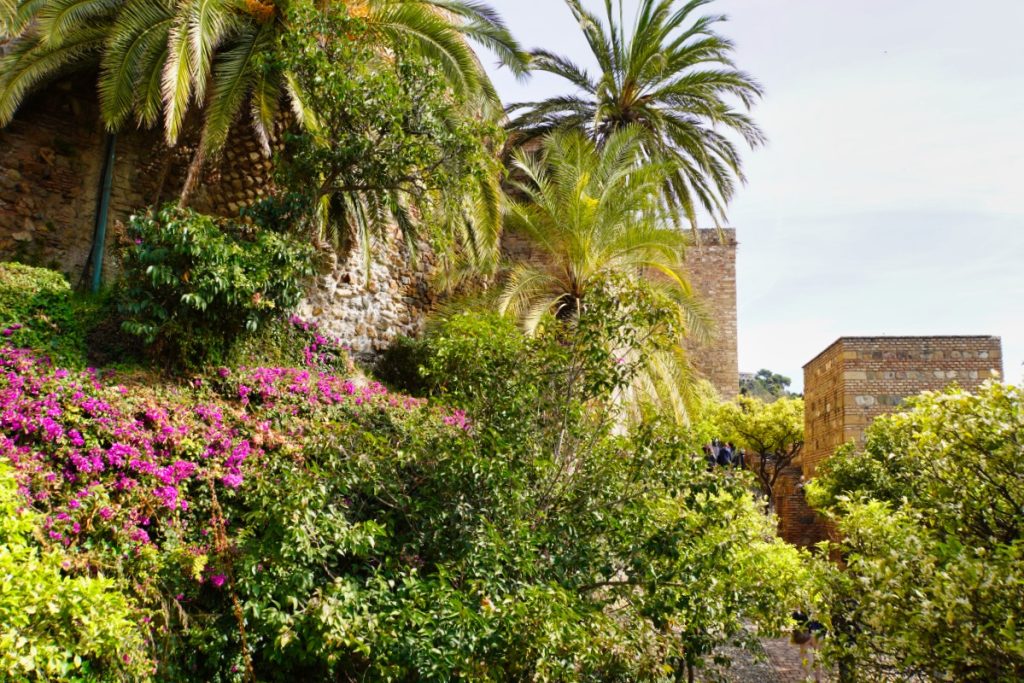
Gradually you cross individual sections between the walls. The path is not straight, but rather slightly zigzag, which was deliberately built by the builders for better defense. The path passes through imposing gateways, which also remind us of other periods in the history of the complex. Thus, there is a gate with a horseshoe arch to which Roman spoils are attached. At other gates, one discovers a small door directly above the passage, from which, for example, in the event of an attack, hot water could have been poured on the attackers.
Courtyards and gardens
Walking through the imposing complex, one notices the beautiful courtyards and gardens with their flowering plants and flowers of the region. In total, there are three courtyards in the Alcazaba. In their layout, it is easy to see that Arab culture had a great influence in the design of the fortress. For example, you will discover reconstructed building elements in the Moorish style. For example, the stone lattice windows remind me very much of buildings in Morocco.
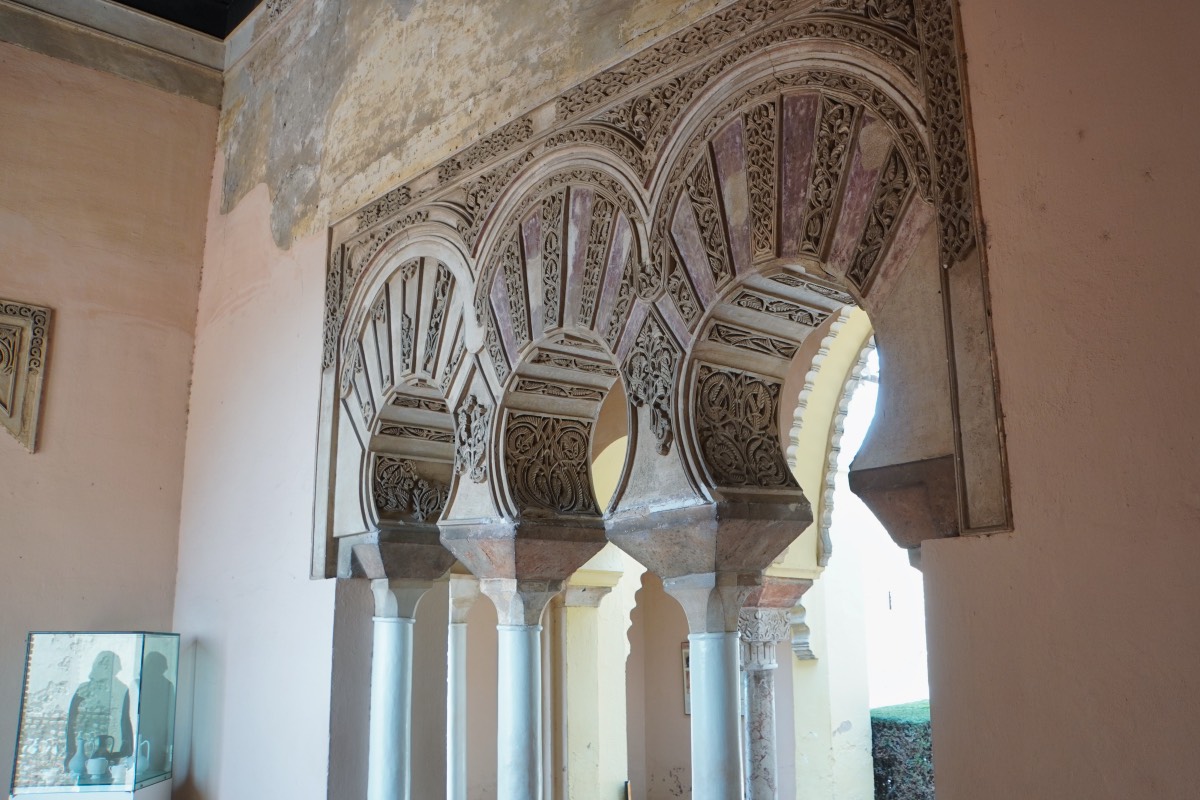
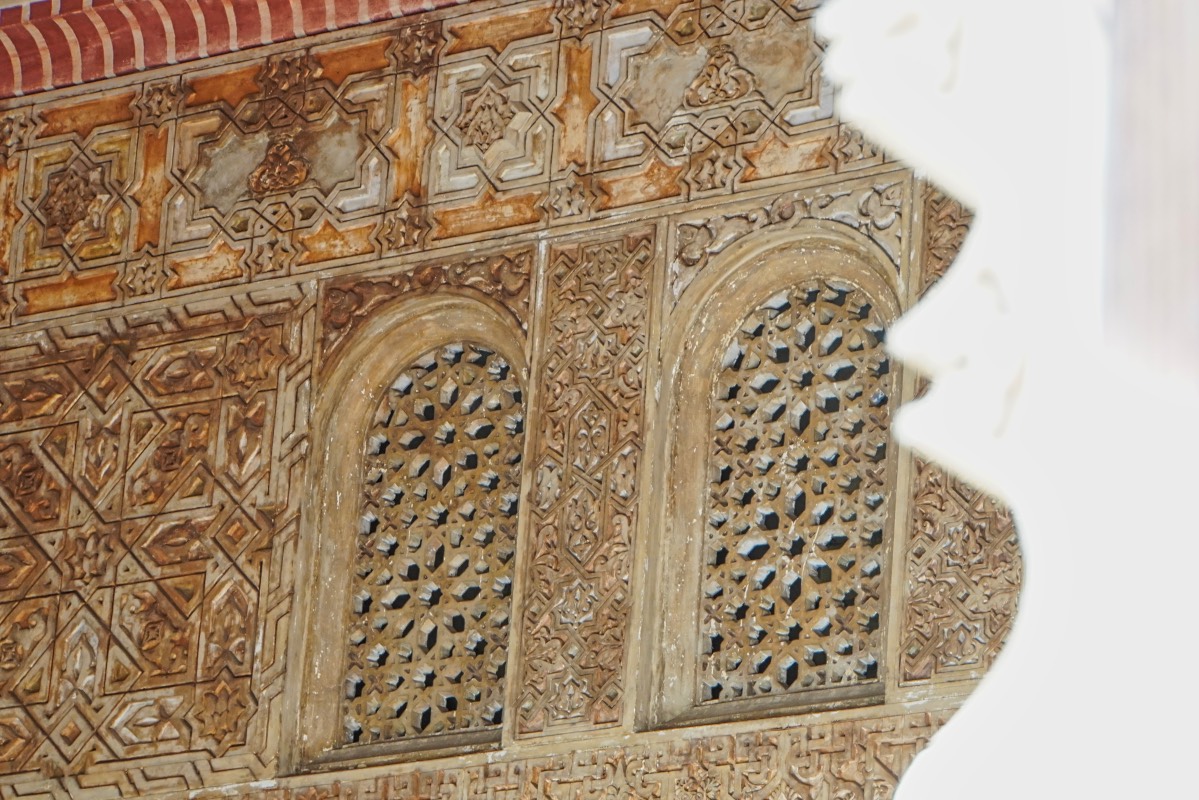
The courtyards are called the “Court of Water Rays”, the “Nasari Palace” and “Barrio Vivendas”. They are largely tiled and often have a small water basin. Each of the courtyards was intended for the different inhabitants of the complex, who lived appropriately in the surrounding spaces.
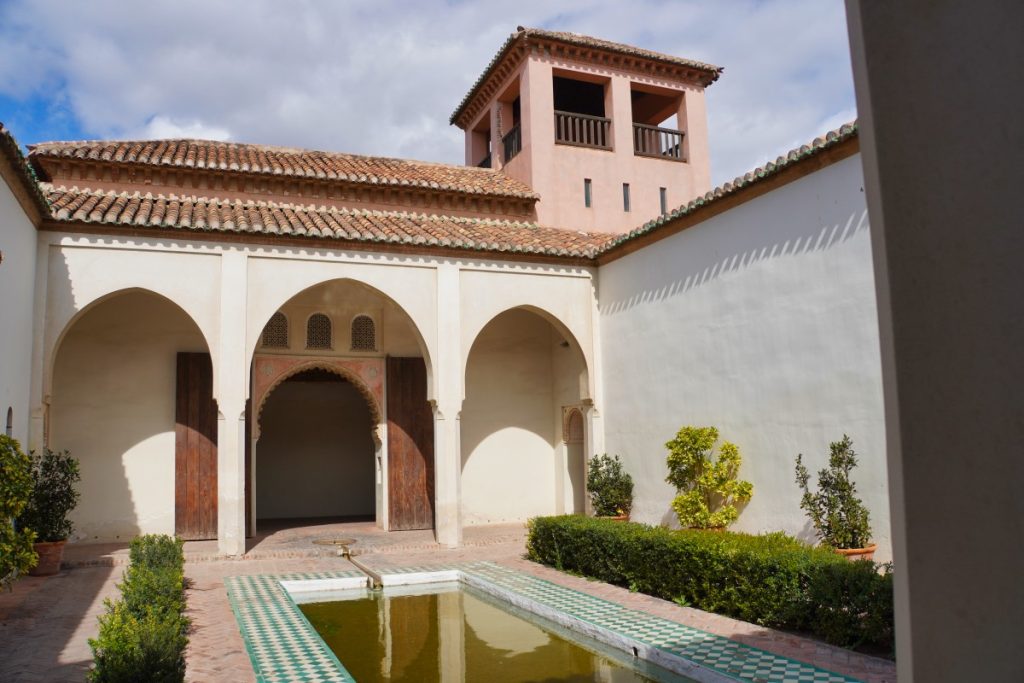
Again and again you pass fountains and looking at the ground you can see small water channels that run through the entire complex. Often these end at a small water basin and reappear below the basin. The builders of that time knew very well that due to the evaporation of water this way there would always be a pleasant temperature between the palace walls. It’s a pity that this has been all but forgotten today.
In some places you can climb the walls of the palace and visit small viewpoints. What a view of the city. In the past certainly the ideal place to look out for possible enemies and today among the most beautiful viewpoints over the city.
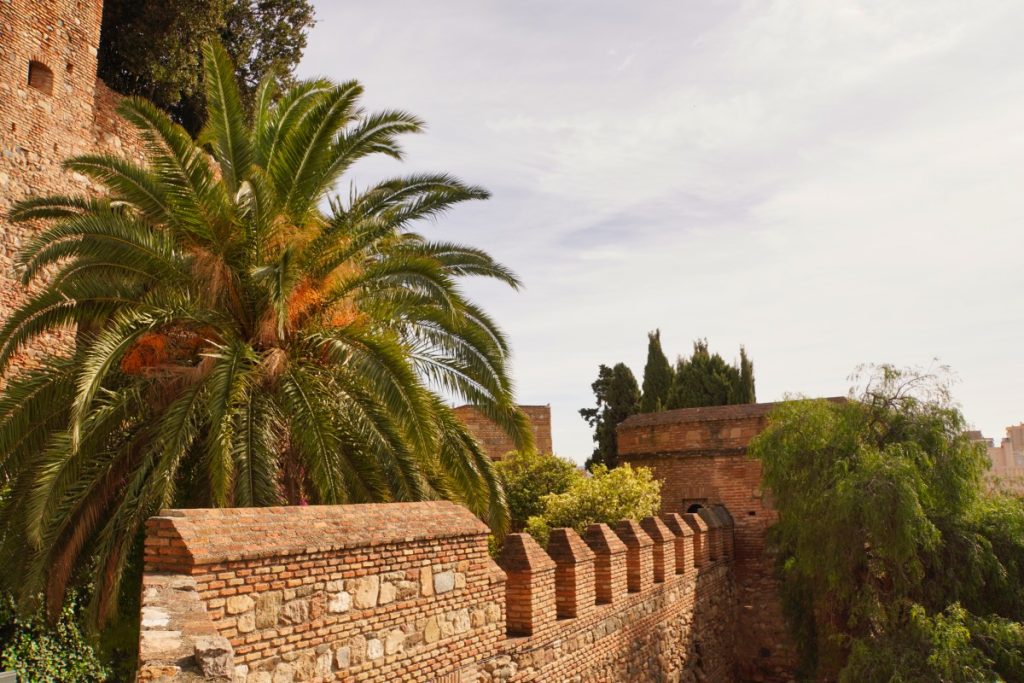
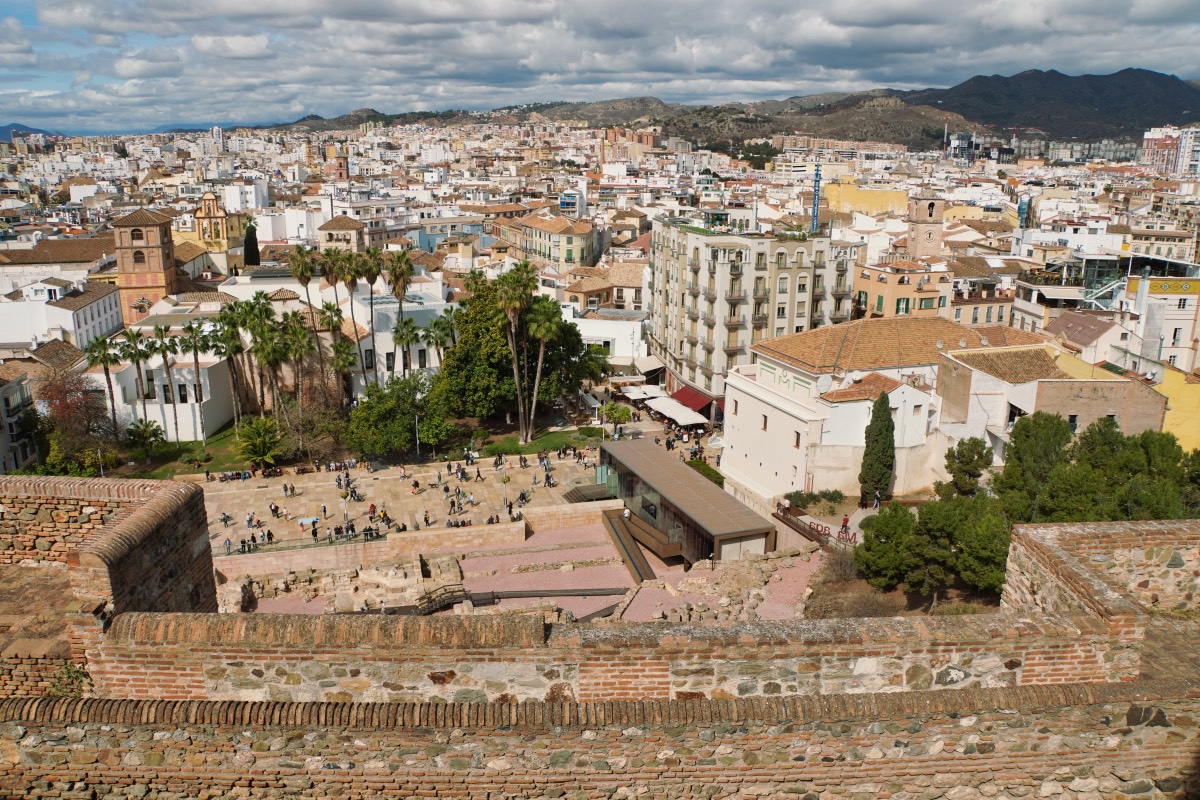
Some of the existing building complexes in the Alcazaba can be entered. Various exhibits are shown here that were found during excavations on the grounds of the Alcazaba. I find the marble sculptures from Roman times and the Spanish-Arab ceramics particularly beautiful.
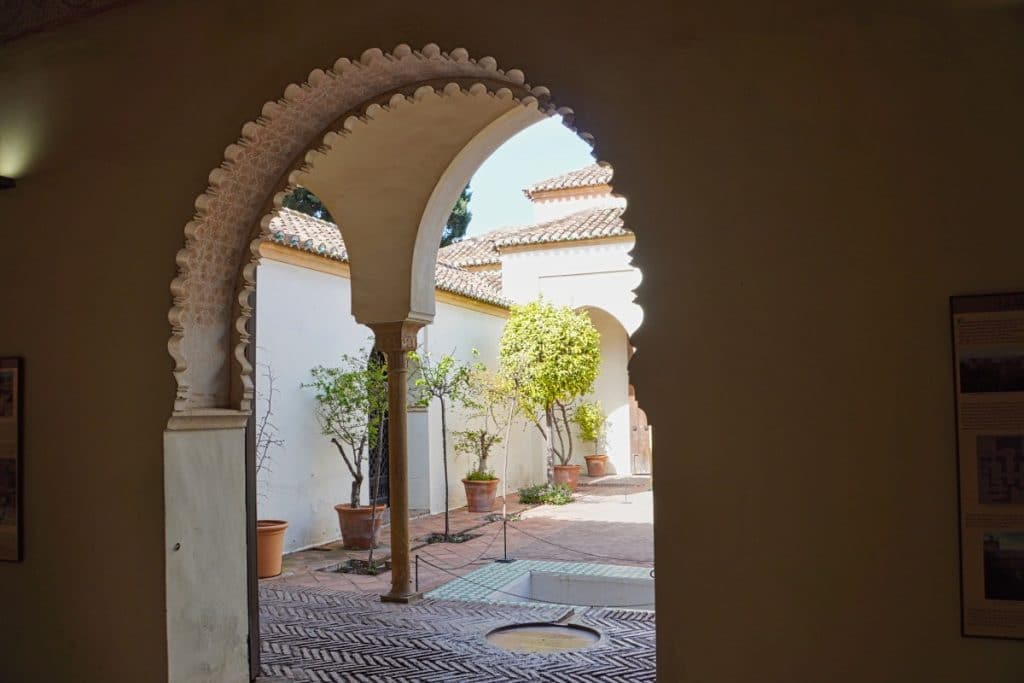
Address:
C/ Alcazabilla, 2,
29012 Málaga, Spanien
If you are not good on foot or have a stroller with you, it is best to use the elevator, which is located on the south side of the Alcazaba. The entrance to the elevator is at the back of the City Hall.
Opening hours:
Summer (1.April – 31.October)
daily: 9 – 20 o’clock
Winter (1.November – 31.March)
daily: 9- 18 o’clock
The Alcazaba is closed to public traffic on Christmas Eve, Christmas Day, New Year’s Eve and New Year’s Day.
Admission fees:
Adults: 3,50€
Combined ticket Alcazaba and the castle Gibralfaro:
Adults: 5,50 €
Sunday: from 14 h free of charge
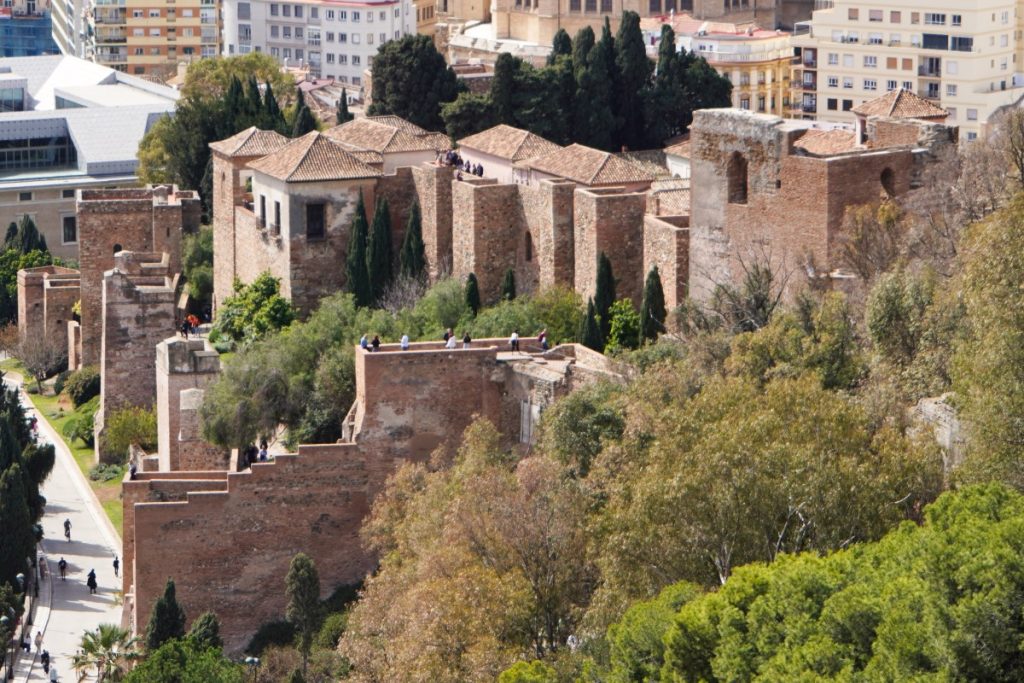
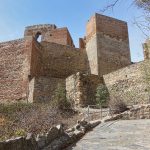
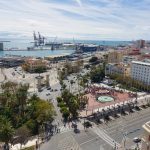
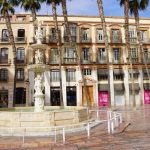
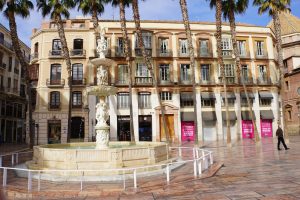
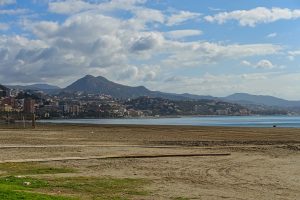
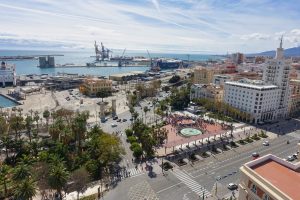
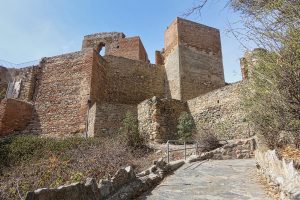
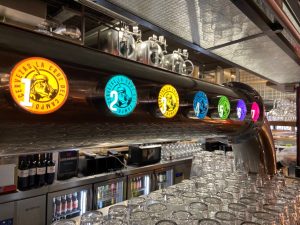

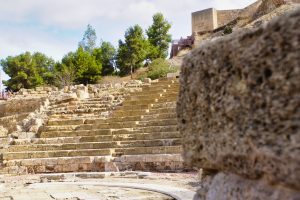
Leave a Reply